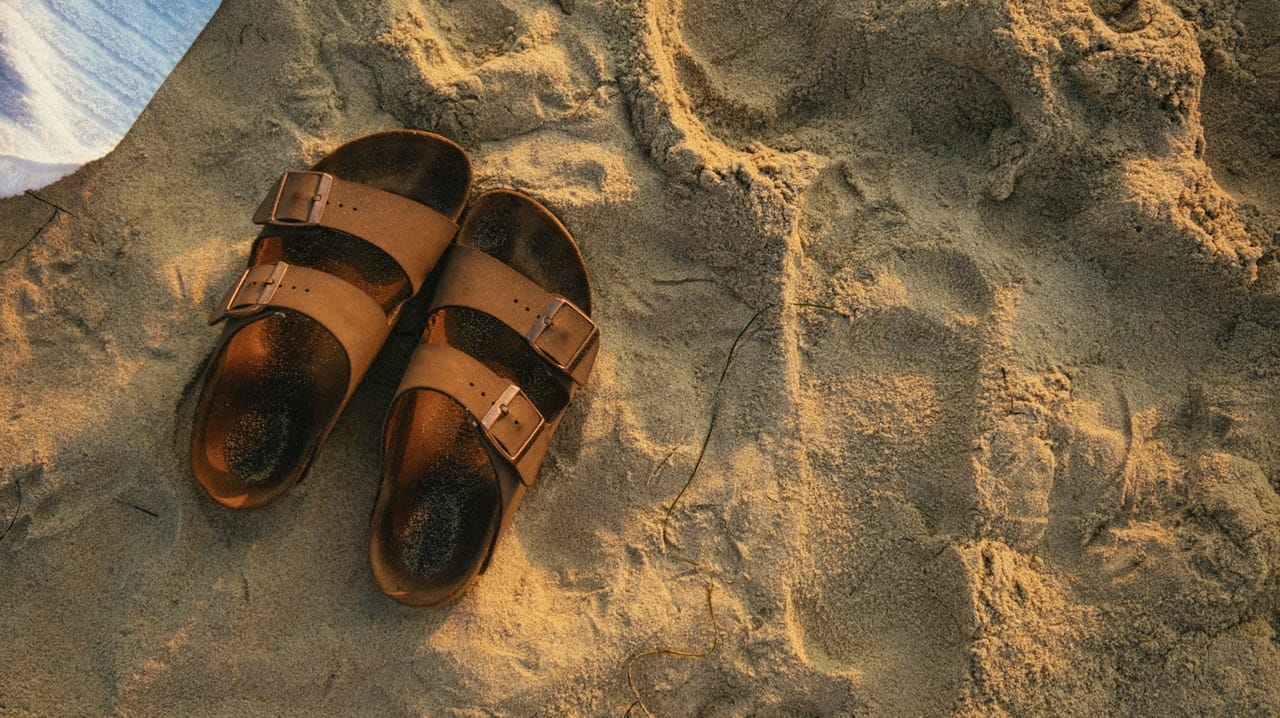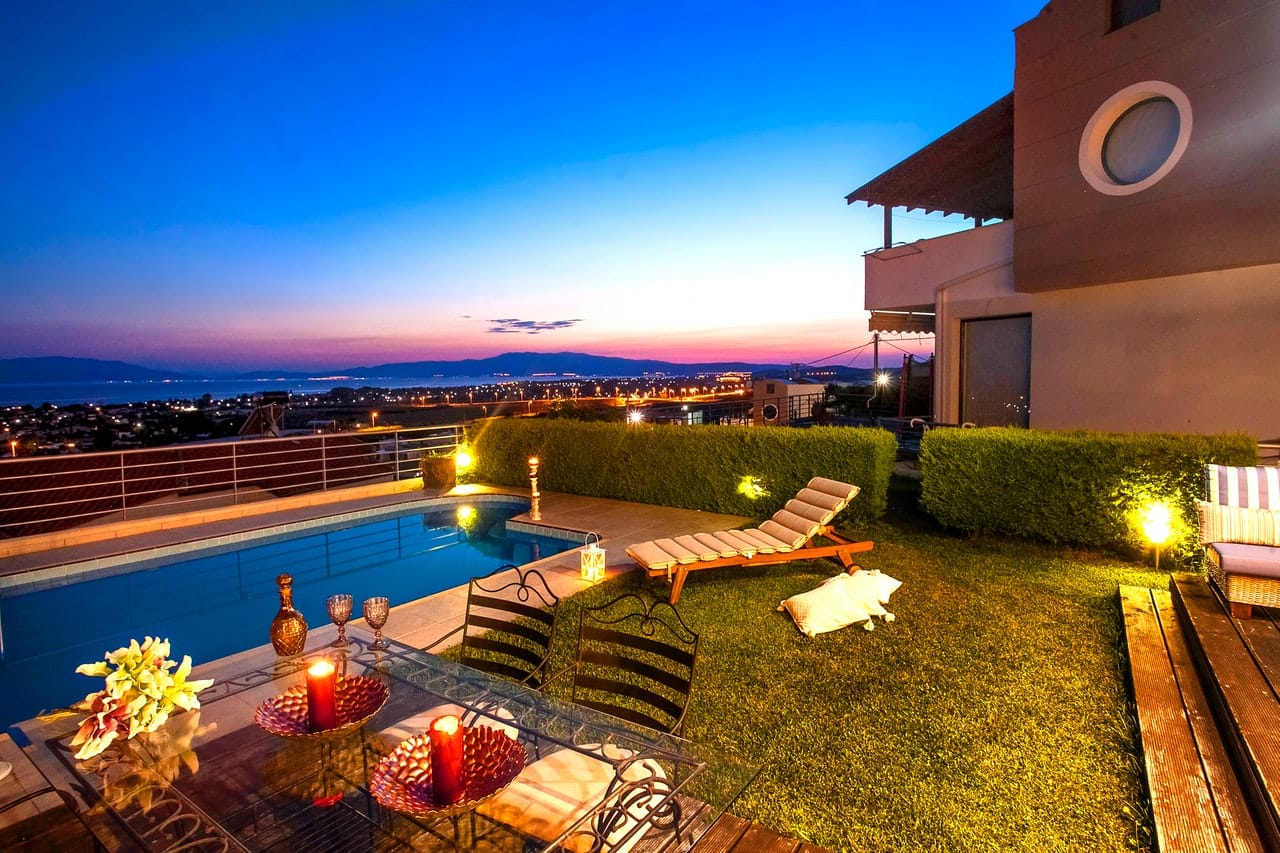Are sandals really the best shoes for hot, sunny days?
There has been a growing trend in recent years of hikers replacing their sturdy walking boots with sandals - and not just for long walks on the beach or the backyard barbecue. We’re going to look at some advantages that sandals have over traditional hiking boots to help you make an informed decision on what is right for you and any multi-sport adventure. We’ve broken this comparison down into points that are easy to follow, so you can see where each style excels and understand what will be right for you.
1. They have pleasing aesthetics
We have tried sneakers that you can wear to the office or otherwise dress up, and it was a fail. Sandals can be dressed up nicely, especially with the sumptuous designs for the 2020 season. Sandals are a hot fashion trend, and this will only continue as our summer heats up!
2. They provide greater freedom of movement
Sandals have no barriers to cram your toes. When you’re wearing boots and shoes, this sensation can be excruciating when you’re descending a mountain. With the new sandal designs available, you can work out in your sandals just as hard as you did in your sneakers! Many things may cause your feet to swell temporarily, including high temperatures and exercising. An open toe box also eliminates those nagging hot spots on your forefoot. Wearing sandals from Freedom Moses gives your mid-foot and forefoot more space and comfort.
3. They’re ideal for wet conditions
Do your summer plans have you traversing a river or go to the beach? If you want to be extra careful at the beach, you can’t walk in water or swim with sneakers on - it just isn’t practical. You can do this with sandals - there are some made precisely for this purpose! For these journeys, sandals are often the first choice. Many active sandals have a lugged or slip-resistant outsole that performs well on slick surfaces.
4. They’re lightweight
Less material than a fully enclosed shoe automatically makes sandals a lighter option than hiking boots and sneakers. For those stoked on the fast-and-light mentality, sandals take this to extremes, cutting down on weight while keeping essential aspects there, like traction and support. If you consider how many times you will be lifting your feet up and down while walking a long distance, you can appreciate how much difference reducing even a small amount of weight from each foot can make at the end of the day.
5. They don’t smell
Keeping your feet dry is critical when hiking. By design, sandals are ultra-breathable, so your feet can sweat due to improved airflow. When it gets hot outside, and our feet get their sweat on, bad things can happen if they are confined. Wet feet are much more easily damaged than dry feet, and even a minor foot injury like a blister can severely limit your travel speed. If they are aired out, with odor-causing bacteria not getting a chance to cause odor, the world is a much happier place!
Sandals evolved to meet the needs of more than just the beachcombers and are now a practical option for many of your recreational endeavors. If your activity requires specialty footwear (as with cycling and rock climbing), do not substitute them with sandals. Your feet and ankles need a greater level of protection and support. The decision between wearing hiking boots or trail running shoes is down to what you prefer. A basic rule of thumb to follow is to use hiking boots if you’re starting out and subsequently graduate to sandals when you feel comfortable working with less protection.









